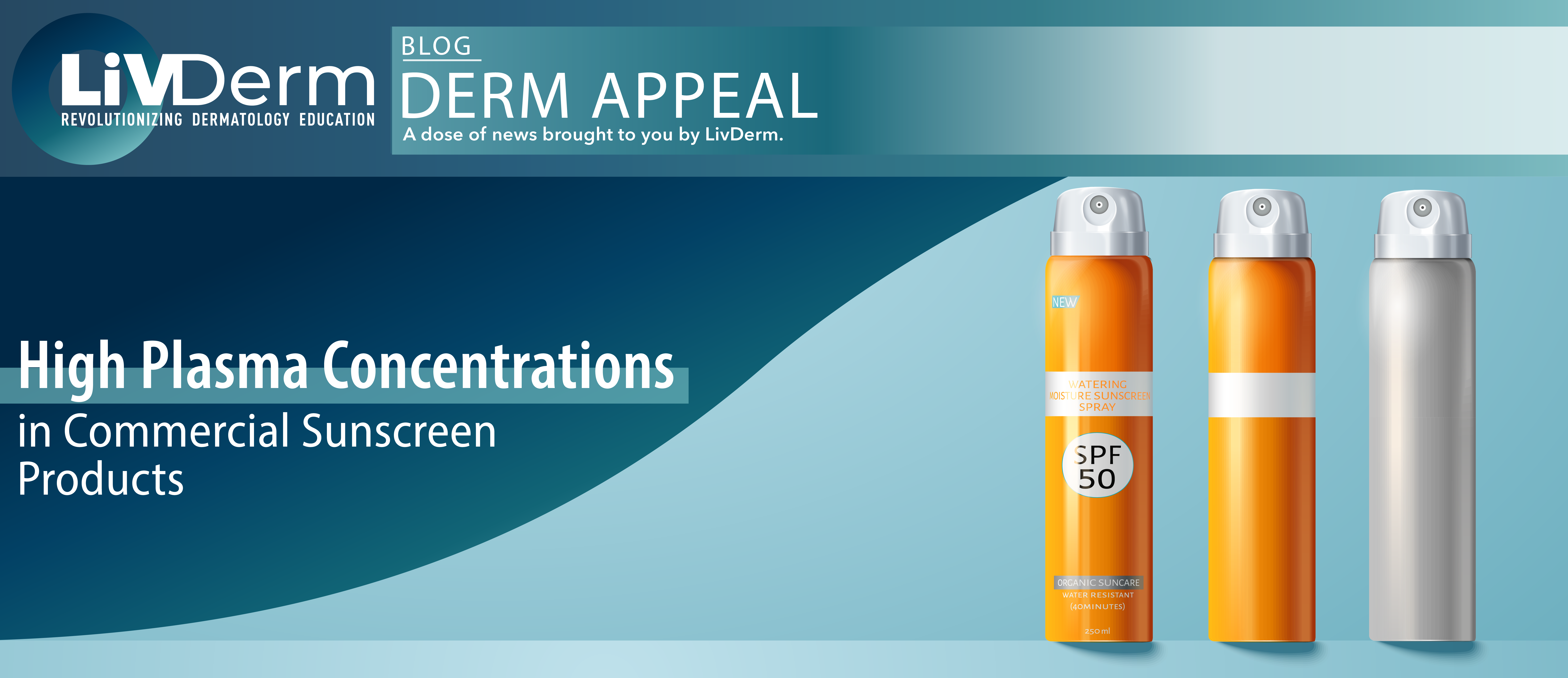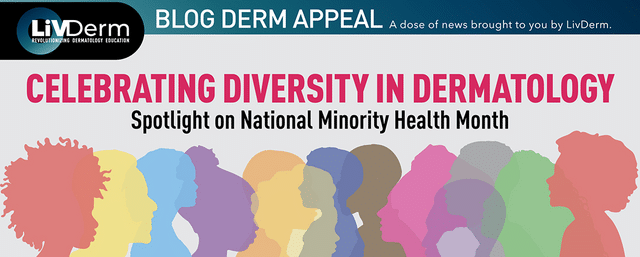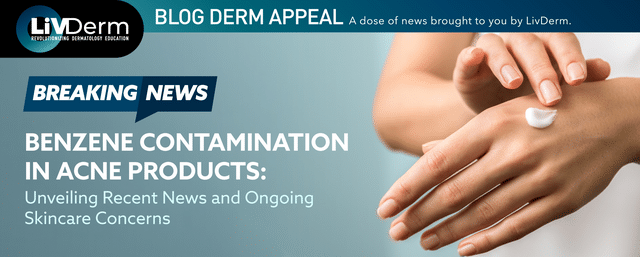Routine use of sunscreen is widely promoted as a beneficial skin health practice for the prevention of sun damage, reduction of skin cancer risk, and minimization of premature aging symptoms. Although commercially available over-the-counter sunscreen products are widely used by the population, little is known about the systemic exposure associated with some of their active ingredients – which could potentially have noxious health effects. Currently, the clinical relevance and impact of systemic exposure remains under investigation, however, research implicates that many popular sunscreen formulations may pose toxicity risks.
Recent FDA guidance on sunscreen formulation testing protocols recommend the assessment of human systemic absorption of the active ingredients found in commercially available products. This requires a maximal usage trial and nonclinical safety assessment of dermal carcinogenicity and embryofetal toxicity. Per the sunscreen guidance, some nonclinical toxicology studies may be waived if adequately conducted human pharmacokinetic maximal usage trials reveal a steady blood level concentration under 0.5 ng/mL and toxicology assessments do not reveal any safety concerns. However, recent research indicates that some widely used sunscreen formulations may greatly exceed these limits.
Sunscreen Application Under Maximal Use Conditions
Researchers conducted a randomized clinical trial, aiming to determine the true systemic exposure of the active ingredients avobenzone, oxybenzone, octocrylene, and ecamsule found in 4 commercially available sunscreen products under maximal use conditions. Led by Murali K. Matta, PhD, a team of investigators analyzed data gathered from 24 healthy participants, who were administered 4 commercially available sunscreen formulations (2 different sprays, a lotion, and a cream). Participants were randomly assigned to 1 of the 4 sunscreen formulations and applied 2 milligrams of the product per 1 cm2 to 75% of their body surface area 4 times a day for a total of 4 days. 30 blood samples were collected over 7 days from each participant to assess blood level plasma concentrations.
High Plasma Concentrations Found
The study’s results found high plasma concentrations in all of the 4 commercially available sunscreens when tested under maximum use conditions. Avobenzone was found at a mean maximum plasma concentration of 4.0 ng/mL for spray 1; 3.4 ng/mL for spray 2; 4.3 ng/mL for the lotion; and 1.8 ng/mL for the cream. Most notably, oxybenzone had a mean maximum plasma concentration of 209.6 ng/mL for spray 1, 194.9 ng/mL for spray 2, and 169.3 ng/mL for the lotion – greatly exceeding the systemic concentration threshold. For octocrylene, 2.9 ng/mL was found for spray 1, 7.8 ng/mL for spray 2, 5.7 ng/mL for the lotion, and 5.7 ng/mL for the cream. Ecamsule also resulted in a mean concentration of 1.5 ng/mL for the cream formulation. All of the active ingredients were found at a systemic concentration above the 0.5 ng/mL threshold after 4 applications on the first day of the 4-day trial. Throughout the duration of the study, the most common adverse effect reported was irritation in the form of a rash.
Limitations of the Study
Researchers acknowledge the several limitations of this study, including its small sample size and short duration. In addition, the study was conducted indoors, without exposure to sunlight, heat, or any other conditions which could alter the rate of product absorption. Furthermore, it did not assess differences in absorption by formulation type, skin type, or age and it did not determine maximum plasma concentration after a single application of any of the products. Additional research is needed to comprehensively investigate the concentrations of active ingredients under maximal use conditions to clarify these results before any recommendations are made.
The findings reveal that commercially available sunscreens applied under maximal use conditions – a dosage of product applied every 2 hours – result in plasma concentrations that greatly exceed the current FDA threshold for waiving nonclinical toxicology studies for sunscreen formulations. This knowledge emphasizes the need to re-evaluate current toxicology and safety testing protocols of over-the-counter sunscreen products. Potential adverse effects associated with above-threshold systemic absorption of common sunscreen active ingredients need to be further investigated, however, individuals are still advised to continue regular sunscreen use to prevent sun damage and its long-term health consequences until further evidence is presented.
















